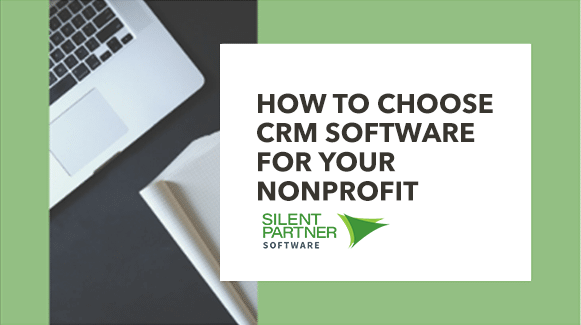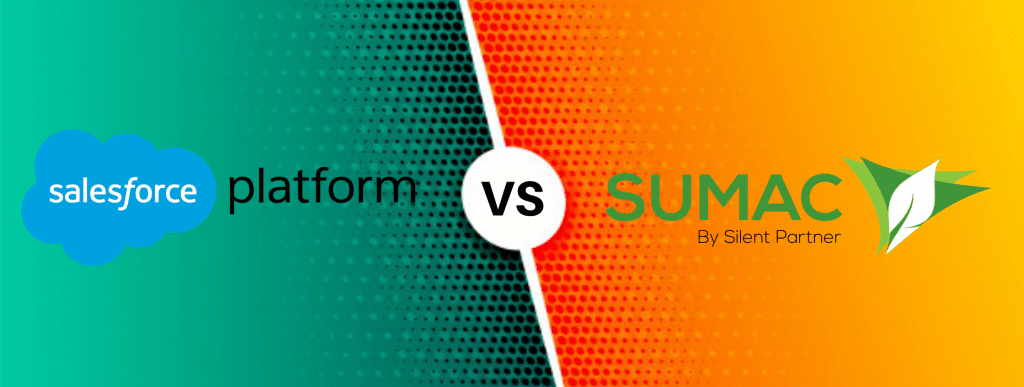If you’ve heard it once, you’ve probably heard it a thousand times: you MUST have a Facebook page and a Twitter account if you’re going to reach and engage donors in the 21st century. And so, if you’re like many non-profits, you asked a volunteer or board member to please go ahead and get your organization online.
Now, you have a website. You have a Facebook page. You have a Twitter account. And nothing is happening… no one is responding… and you’re wondering whether this whole 21st century social media thing is just so much hot air.
What was your mistake? Why aren’t your online efforts bearing fruit? Where is the online donor community you were hoping for?
One answer to these questions is simple: a website is not a form of social media. It is, in essence, a brochure that is available to anyone, anywhere, at the touch of a keyboard. Unless you have a forum or other social tools built into your website, no one will interact with your site. You can update it and advertise it and suggest that people visit it – but the outcome will not be the creation of an online community.
But, you say, we have a Facebook page and a Twitter account, and those are certainly social media tools! Indeed they are. But their mere existence is not enough to build a community. That takes serious work.
Building Online vs “Real World” Community: Same Work, Different Venue
Let’s start by exploring the idea of an “online community.” One simple way to do that is to see how an online community compares to a “real world” community.
Imagine a meeting of the local chapter of Knitters Anonymous, a non-profit group dedicated to the art and craft of knitting, and to the philanthropic work of knitting warm clothes for people in need. First, someone must plan the meeting – probably with an agenda, an activity, refreshments, and social time. Then, someone must advertise the meeting. Various people must actively prepare for the meeting – perhaps putting together a presentation about a particular style of knitting, or creating a slideshow or exhibit of members’ work.
Before the meeting, there’s a flurry of activity as members set up chairs, bring in supplies, and get refreshments ready to serve. Finally, the meeting day arrives. Members roll up, come in, greet one another, and get down to business. Toward the end of the meeting there’s social time, and a chance to reconnect on a personal level. There may also be a request for members to make donations or commit to knitting a certain number of items for the hospital.
After the meeting, members continue to connect, in person or by phone. They discuss what they’ve learned, shared what they’ve made, and plan for the future. And, of course, they also contribute to the organization.
Now imagine that Knitters Anonymous is a national organization. While there are local chapter meetings, most members are also involved in an online KA community. How does that community function?
A true online community does many of the same things that a “real world” community does. Online, as in the real world, it is usually up to the leaders to take the initiative and do the lion’s share of outreach and engagement.
- Like “real world” knitters, the online knitters actively plan and implement activities – perhaps they organize a drive to knit blankets and mittens to be distributed by a national homeless advocacy group.
- Like real world knitters, they share what they have created. They may upload albums of project photos to the organization’s Facebook page, and read responses from colleagues across the country.
- Like members of a real world community, they wish one another a happy birthday, they share a few personal notes, they invite one another to knitting events in their region.
- Like personal friends, they chat back and forth – perhaps on Twitter – linking to interesting articles and images. They may post photos on Pinterest and link to them from tweets.
- Like volunteers, members, or donors connected with any non-profit, they become increasingly connected to the organization – and increasingly likely to give generously.
But what happens if the leaders of Knitters Anonymous just throw up a Website, a Facebook page and a Twitter account, stand back, and wait for action? Pretty much the same thing that would happen if, in the real world, KA announced a meeting and then stood back and expected to see a vibrant, active community form. In short, nothing would happen at all.
In this sense, an online community is no different from a “real world” community: if it has no purpose, and nothing to bring its members together, it falls apart. And, like real world communities, online communities need to be planned, nurtured, managed, and pruned. If no one is committed to the community, the community will wither and die.
Is Online Community Building Right for You?
Now that you know it takes commitment and work to build a true online community, are you willing and able to do it? Is it worth your time to try? The answer isn’t always obvious. That’s because an online community – like real world community – depends upon the interest and availability of its members. If your members are not online, don’t access social media, and don’t know a tweet from a chirp, then your attempts to build social community are likely to fail. In fact, the most successful online communities depend upon the active, intelligent engagement of their members.
Here are some of the qualities that make a non-profit right for online community building:
- You have someone in your organization who has the time, energy, commitment, and knowledge to build and manage an online community.
- Your members are actively engaged in social media. Remember that, in order to build an online community, members must share with their friends, who share with their friends, and on and on. “Lurkers” (members who observe but don’t participate or share) may be welcome, but they’re not much help in building the online community.
- Your members live at a distance from one another or have information to share that they wouldn’t share in person. Online communities may include only people who live near one another, but regional, national, and international communities are more likely to be involved online because they can’t meet up in person.
- You and/or your membership have meaningful information, ideas, events, or needs to share with one another on a regular basis. If your organization simply goes about its work in a local area, with no particular events or happenings to share, then there’s not much to discuss in an online community.
- You are ready and able to encourage members to become more active or give more generously. If you have no online donation options available, and no particular volunteer needs, you are unlikely to accomplish much with an online community.
If your non-profit doesn’t fit the description above, don’t worry. Not every organization needs an online community – and many do just fine without them. Just create a simple website to provide basic information and giving opportunities to potential donors, volunteers, clients, and participants – and stop there.
Steps to Creating an Online Community
Are you ready to get started with your online community? Here are some basic first steps:
1. Establish an individual or group who will be committed to the project. Be sure they know how to engage in social media, and how to expand and grow an online community.
2. Establish a goal or goals for your community. Who do you want to attract? How do you want them to interact? What is the purpose of this project? Awareness-building is not enough: you need to have something concrete for your community to share, plan, discuss, or do online.
3. Select your online venues. Facebook and Twitter are fine, but you may also want to consider sites like Pinterest or Tumblr. You may even decide to start a blog. Snoop around to see where your constituency hangs out, and decide accordingly. But be careful not to spread yourself too thin: no one has time to manage 8 or 10 different communities.
4. Create an institutional voice. It is tempting to allow your community manager to “just be himself,” but this may not work well if, for example, he is 16 and your organization is a venerable museum. Be sure the voice of the organization is appropriate and consistent.
5. Know what you plan to post, ask, and discuss. It’s common to start out strong as you build up a community, and then peter out. That’s why planning is important. Are you going to ask community members to voice their opinion? Vote in polls? Share recipes? Donate for a cause? Volunteer for an event?
6. Manage the community. If you’re lucky, you’ll wind up with a lot of very engaged people who have strong feelings about many issues. You may, however, need to actively moderate conversations in order to keep a conversation civil.
7. Mix it up. Rather than posting the same things over and over again, think about what else you can do to keep the community lively. Perhaps you can sponsor a contest, request photos, or otherwise reach out.
Good luck!
Download Your Free Guide on Choosing CRM Software for Your Nonprofit!





